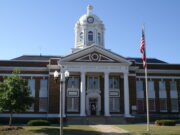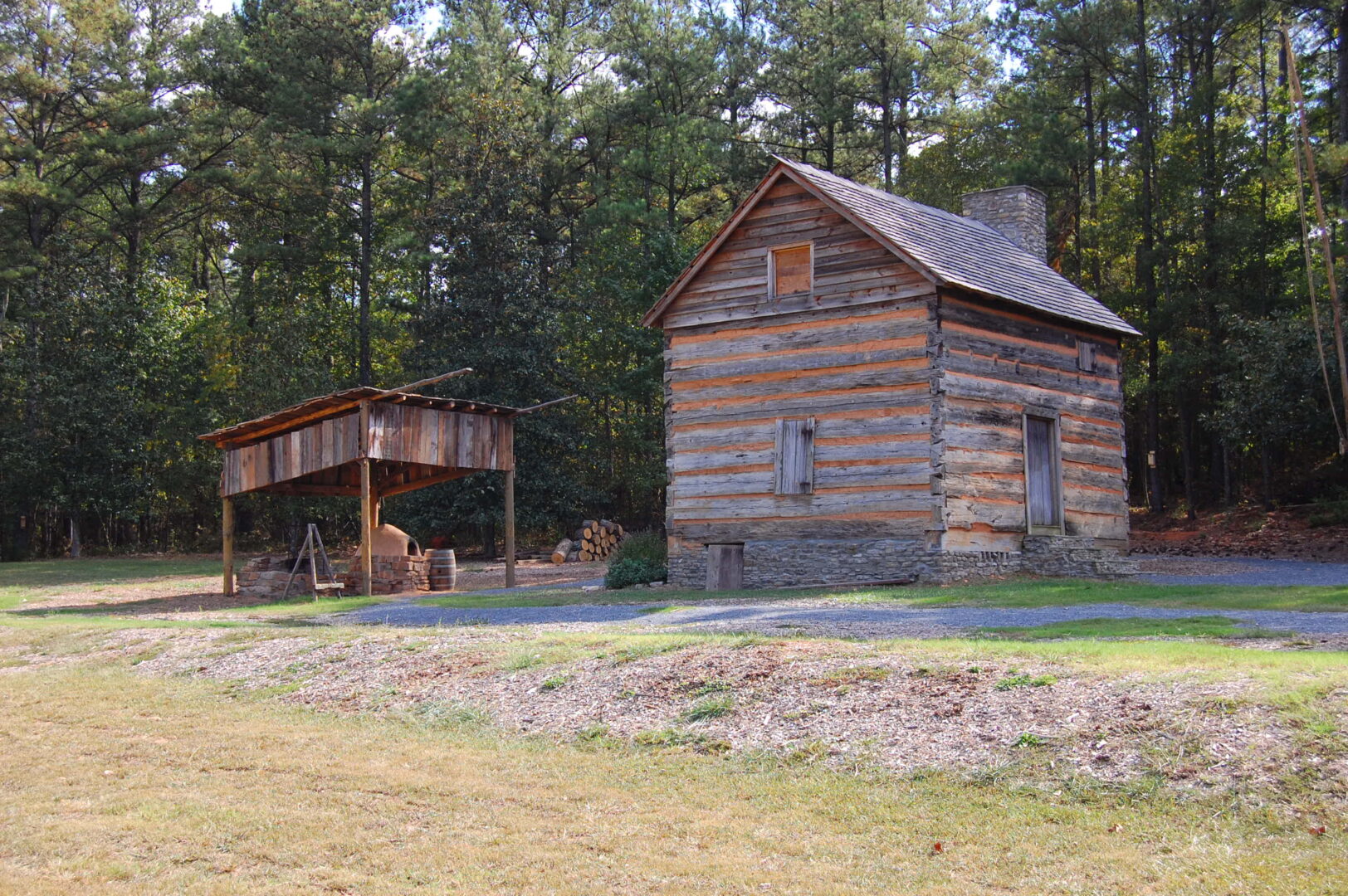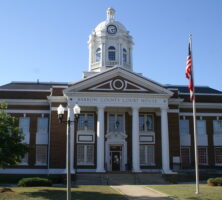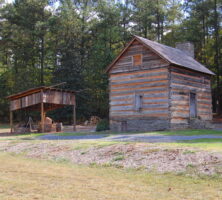Barrow County is located in the Piedmont plateau between Atlanta and Athens, and its proximity to major metropolitan areas has caused rapid change in the county’s demographics.
According to the 2020 U.S. census, the population is 83,505, an increase from the 2010 population of 69,367. Such growth has transformed this once rural county to an area dotted by new housing subdivisions. With Highway 316 near its southern border and Interstate 85 on its northern one, Barrow County can expect continued economic and population growth.
Barrow County’s original settlers were Creeks and Cherokees, many of whom lived in a settlement known as Snodon. A Native American legend about the area tells of Nodoroc, a small lake of boiling blue mud said to be a place of punishment, execution, and religious significance.
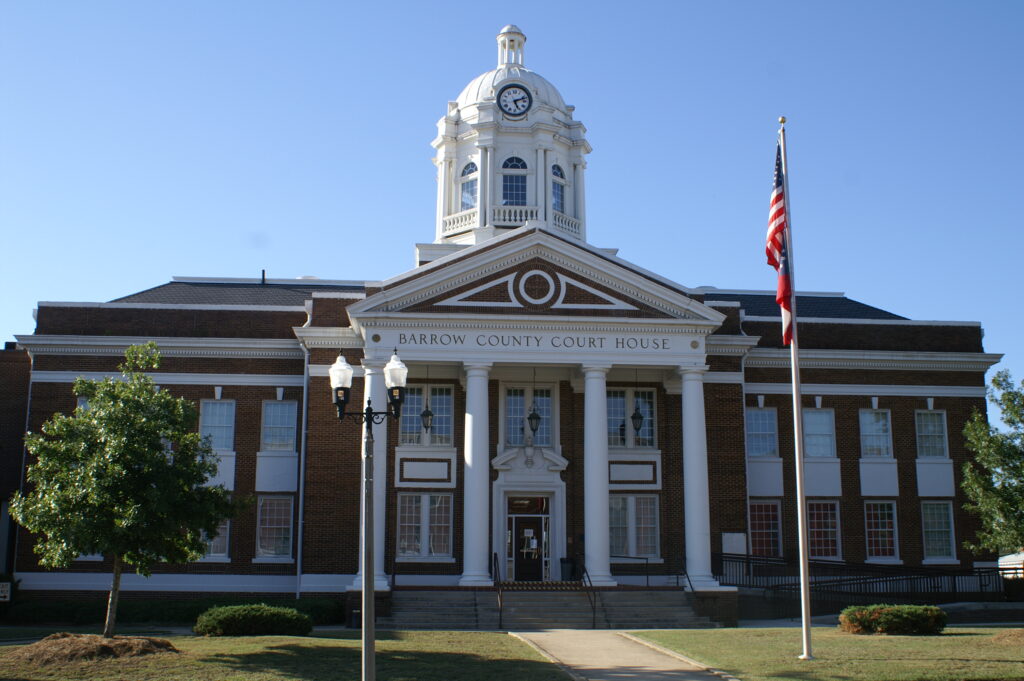
On July 7, 1914, Barrow was formed from Gwinnett, Jackson, and Walton counties. It was named for David C. Barrow Jr., chancellor of the University of Georgia from 1906 to 1925. Proximity to the University of Georgia continues to offer Barrow County residents excellent opportunities for both employment and education.
The county’s largest city is the county seat of Winder, home of Richard B. Russell Jr., whose nearly forty years in the U.S. Senate brought him widespread recognition through his roles as chairman of the Senate Armed Services Committee and president pro tempore of the Senate. Russell, who died in 1971, was a member of the Warren Commission, which investigated U.S. president John F. Kennedy’s assassination. Other incorporated cities in the county include Bethlehem, Carl, Statham, and parts of Auburn and Braselton.
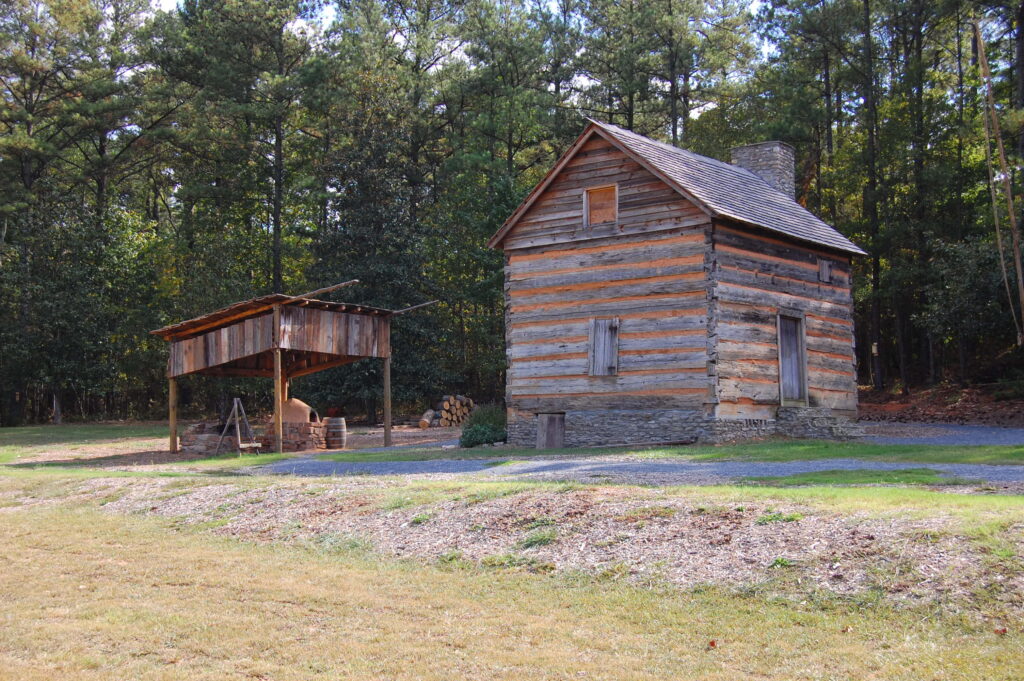
With an area of 162 square miles, Barrow is home to Fort Yargo State Park, one of the most widely visited state parks in Georgia. The park is home to a two-story log structure, built by whites in 1792 for protection against Creek and Cherokee Indians, and hosts living history encampments several times a year. An 1,800-acre nature preserve, Fort Yargo has camping areas, cabins, picnic areas, a fishing lake, and a beach area. Created in 1971, Will-a-Way Recreation Area at the park offers nature opportunities for the disabled.


